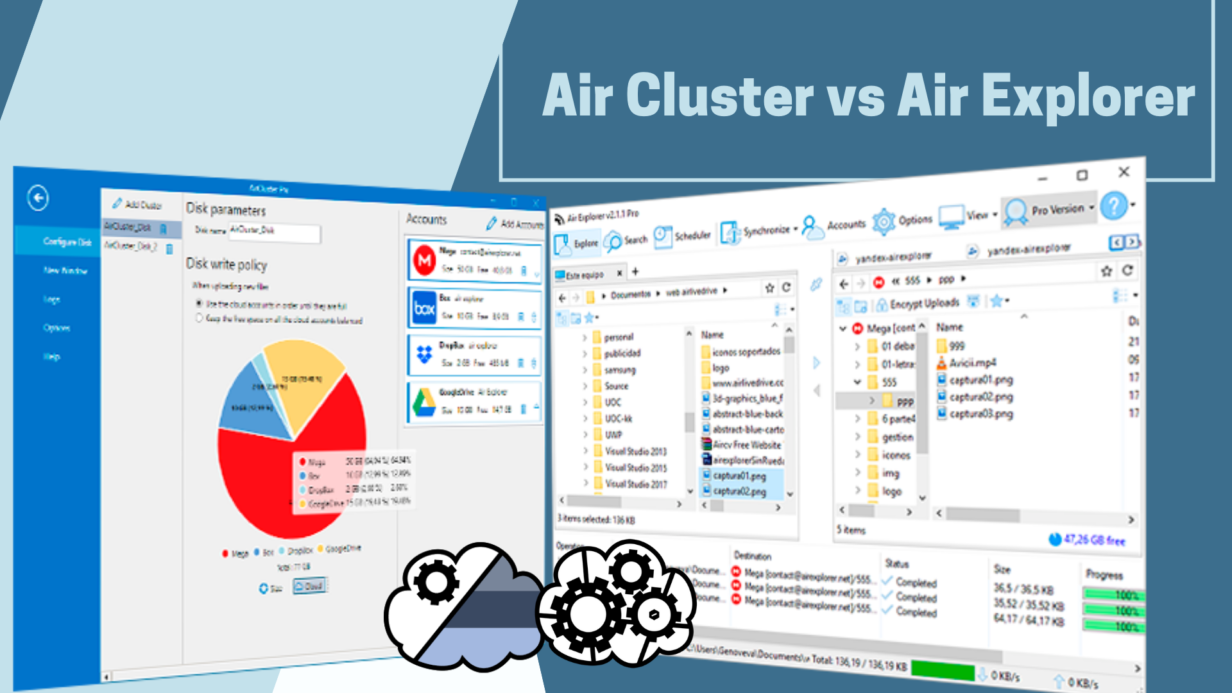
Air Cluster vs Air Explorer
Air Cluster is a tool that joins all your clouds and creates one big cloud. By adding your cloud accounts, from the same server or from different ones, your storage space grows and you can get enough space to make your backups.
When you create a cluster and add your cloud accounts in Air Cluster, the software manages your files and distributes them through the clouds to take advantage of all the space.
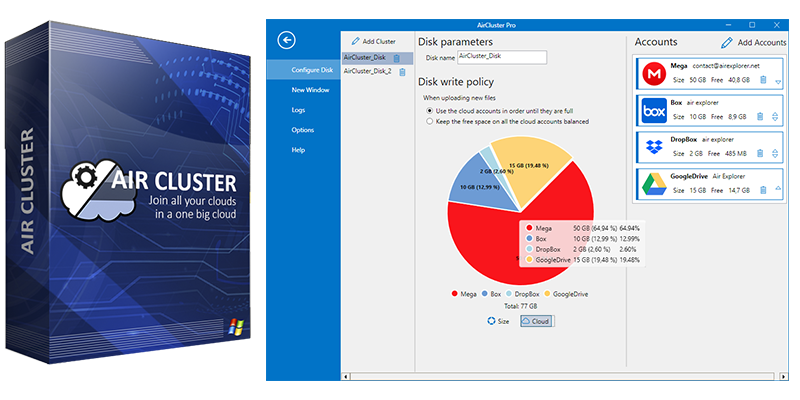
Air Explorer allows you to add all your clouds in the same program. Air Explorer can display your uploaded files to each of the clouds in a single simple interface. This interface is optimized to access all servers, it has tabs and a split screen to transfer files and copy between clouds.
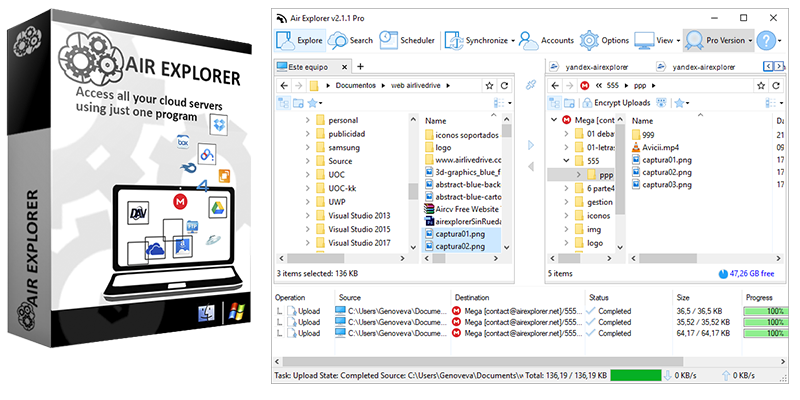
Both softwares support the best clouds like Google Drive, Onedrive, Box, Dropbox, etc. Also, both softwares support SFTP and WebDav.
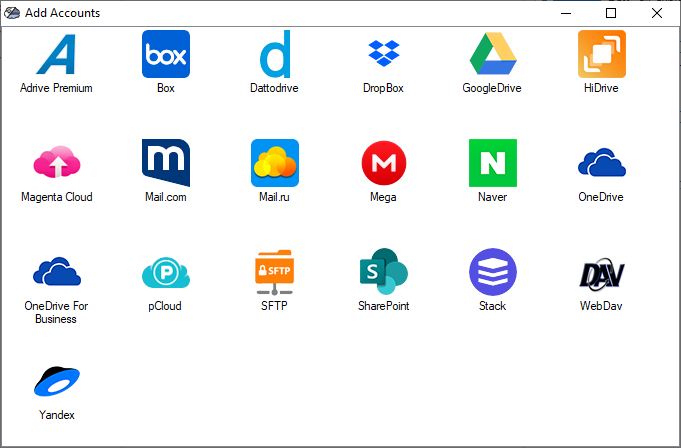
When you upload files to the cloud, the two softwares are able to encrypt files when you upload them. This gives extra security when you save your files in the cloud.
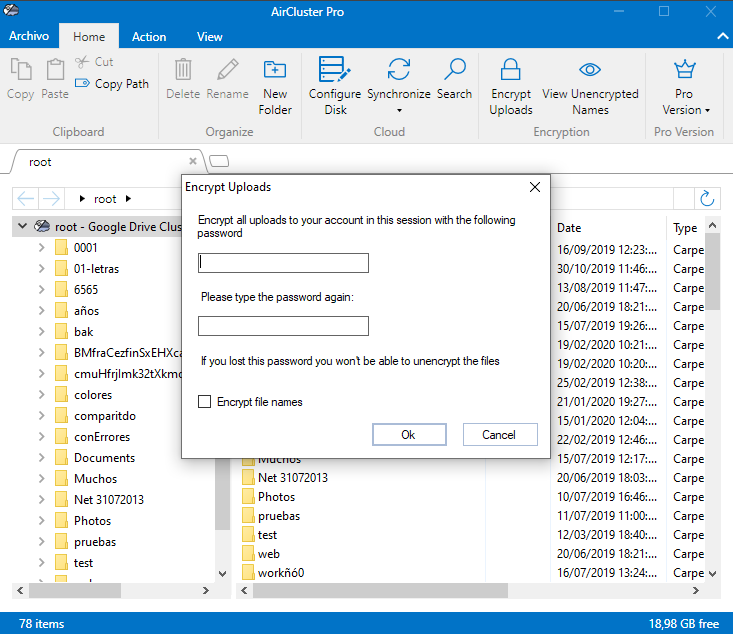
You can do complete synchronizations with the two softwares. Air Explorer and Air Cluster have tools to choose the type of synchronization, to save it and be able to repeat it again. Air Explorer sinchronizes cloud to cloud or local to cloud. Air Cluster sinchronizes local to cluster (group of clouds) or cluster to cluster.
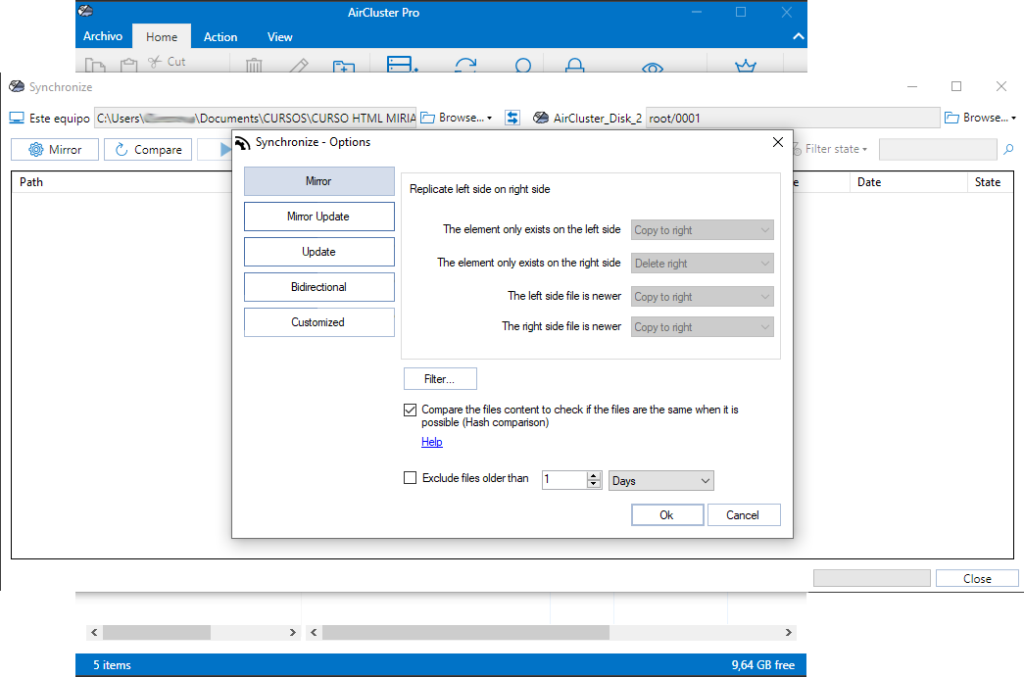
An advantage of Air Explorer is that it allows you to schedule synchronizations. It is a very useful tool for, for example, scheduling regular backups.
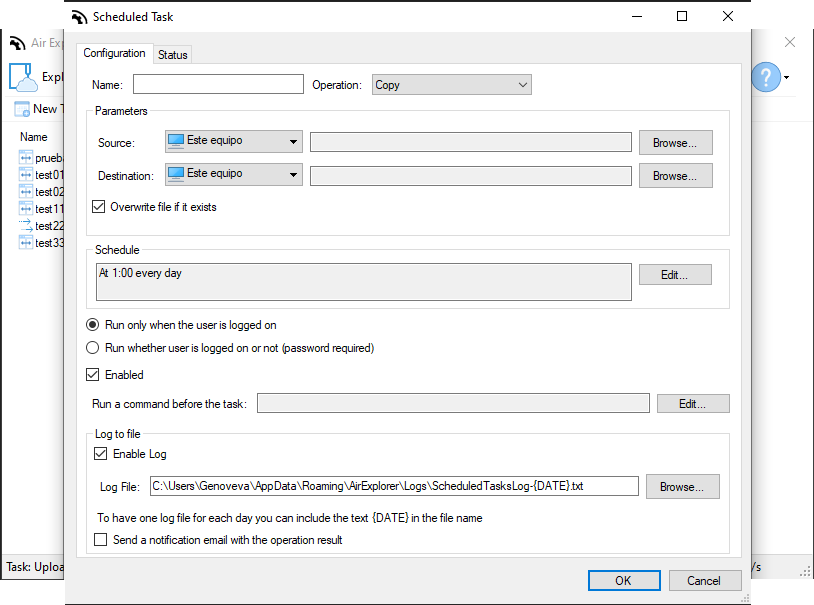
Air Explorer also allows you to use the command line to do file transfers and syncs without opening the program.



No Comments